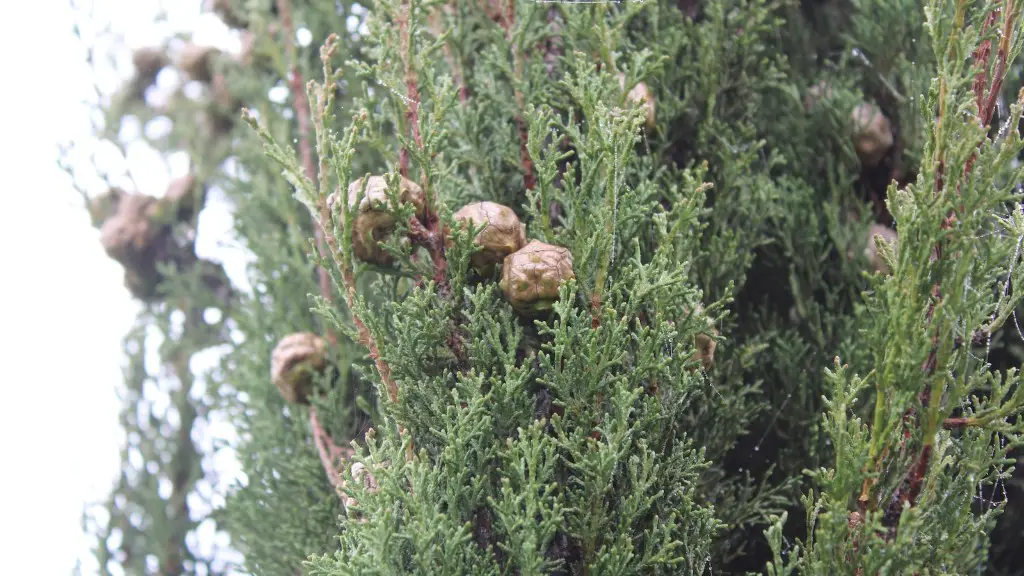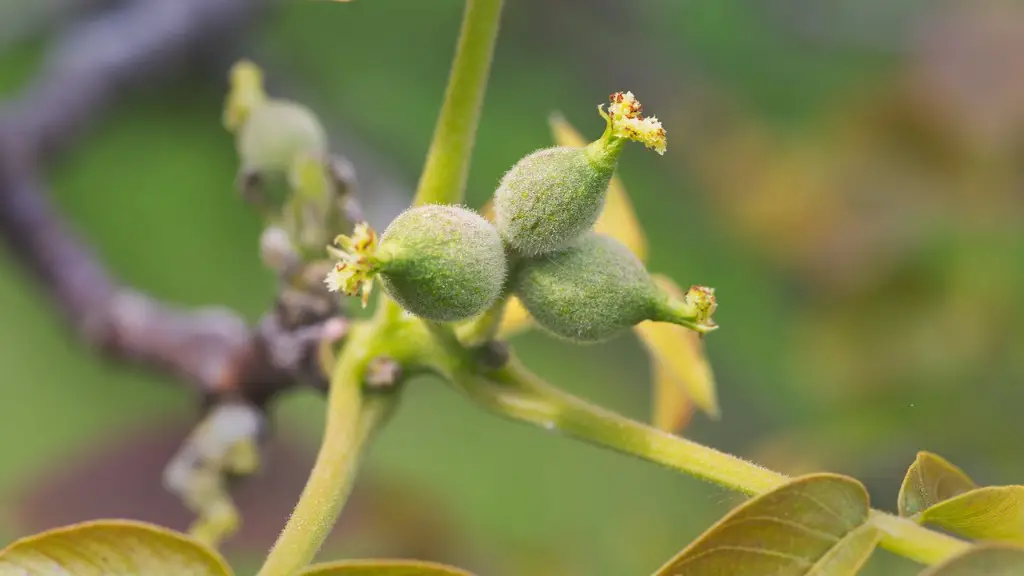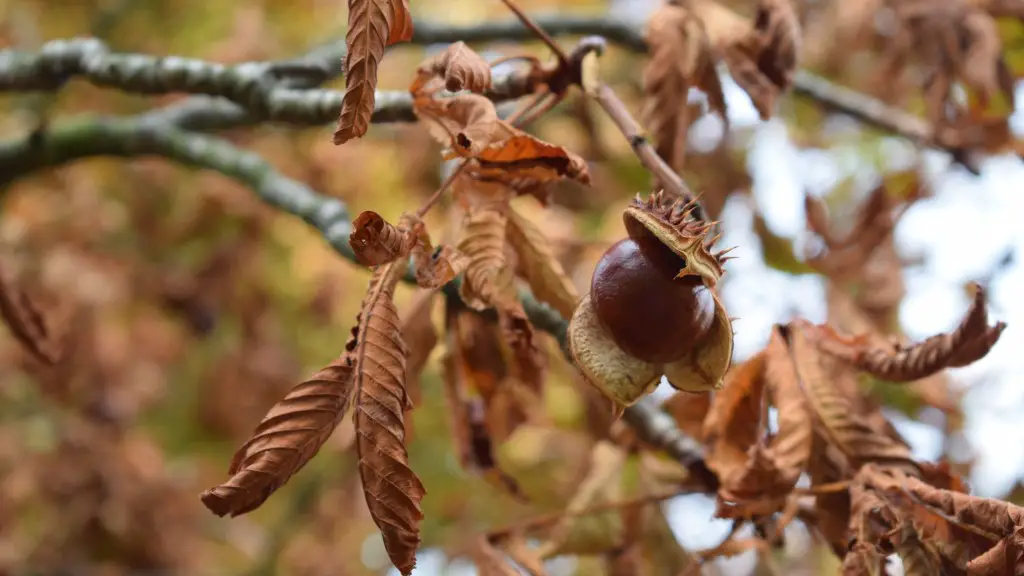Growth and Kerf
Avocado trees thrive best when provided with proper care. They need to be pruned regularly to ensure optimal growth. Pruning encourages more branching and also promotes better yield of fruits. Pruning should begin soon after planting as it is necessary for the production of vigorous, healthy shoots. With the aid of pruning shears or lopping shears, the thicker, trained branches should be cut back to two-thirds their length, while the thinner branches should be cut back to half their length. Always make sure to make a smooth, clean cut and to make the branches slant outward slightly. Be sure to avoid any excess pruning near the trunk as it may damage the tree.
Stipules
Stipules, or leaf buds, can be used to help encourage branching in avocado trees. The stipules are found at the base of the leaves and serve to guide the general direction of the branches. To stimulate stipule production, a technique called “kerf” can be used. This involves making a shallow notch about half an inch deep on neighbor stem and opposite stem. This separates the inner bark from the outer bark and stimulates the production of new branches.
Fertilizing
Avocados are heavy feeders, so supplemental fertilizer can help to support new growth and encourage branching. Application of a balanced fertilizer, such as 10-10-10 or 8-8-8, should be done after pruning, as this helps to sustain new growth. The fertilizer should be sprinkled around the base in a circle, or broadcasted and raked in to the sides of the tree. Over-fertilizing should be avoided as too much can be harmful.
Mulching
Mulching provides a layer of insulating material, such as wood chips, leaves, straw and grass clippings, around the base of the tree. This helps to conserve water and nutrients and can also suppress weeds, improve soil structure, and discourage pest and disease problems. About a 3 inches layer of mulch should be placed within the drip line of the tree, as this can help to reduce water evaporation and also prevents turf grass from competing with the tree for sunlight and water.
Watering
Water is essential for healthy avocado trees, so regular irrigation is required. The best practice is to water slowly, at a rate of several hours per day. Make sure that the soil is kept moist, but not soggy and avoid over-watering. If the tree is planted in sandy soil, check if there are any signs of tip burn or wilting during the hottest part of the day.
Sunlight and Temperature
Avocado trees needs plenty of sunlight and the ideal temperature for growth ranges from 60°-80°F, although temperatures between 32°-105°F will still enable them to grow. If the temperature falls below 30°F or rises above 110°F, the growth of the tree may be adversely affected. Too much exposure to direct sunlight during the hottest part of the day, however, may cause sunburns.
Pest and Disease Control
Pests such as mites and scales, and diseases such as leaf spot and root rot, can be a problem for avocado trees. Good air circulation and removal of infected or infected looking leaves or stems can help to prevent pest and disease problems. Proper pruning, mulching and controlling weeds near the base of the tree can also help to reduce problems. Applying preventive insecticides and fungicides, as recommended by experts, may also help to prevent or mitigate problems.
Tool Maintenance
Regular maintenance of pruning, lopping and other tools is important for reducing the risk of disease transmission when pruning. Proper sterilization, disinfection and sharpening of tools should always be done before and after use.
Managing Growth
Avocado trees can reach heights between 20 to 40 feet and spreading up to 25 feet in width. To control rapid growth and avoid the spread of pests and diseases, it is important to prune and shape the tree regularly. By pruning while the tree is still young, it is possible to limit its size and promote a healthier and more beautiful mature tree.
Root Development
Avocado trees depend on well-developed roots to support their growth and health. Adequate spacing during planting can help to promote healthy root development. Planting too close together run the risk of root competition, overcrowding and suppression of the subordinate tree. It is best to give the trees a distance of at least 15 feet to allow for the best possible growth.
Positioning of Trees
Before planting any avocado tree, it is important to determine its position. Trees that are planted in an exposed or windy area may be adversely affected by strong gusts. Trees can be planted as either a centerpiece tree for lawns or beneath other trees for shade and protection.
Tips for Pruning
Proper pruning is essential for encouraging branching in avocado trees. Pruning must be done with precision to ensure the best possible results, while at the same time avoiding any major damage. Before pruning, clean and disinfect the tools to prevent the spread of any diseases. The wood should then be cut back to two-thirds its length, while weaker branches should be cut back to half their original length. Always make sure that each cut is smooth and angled slightly outward to help the tree grow in the desired direction.
Staking
Young trees may require staking to protect them from the wind. Stakes of about 6 feet in length should be driven about 8-10 feet away from the trunk and into the ground. The stake should be firmly secured and it should have a cushioning material, such as a rag, attached to it to protect the trunk from rubbing.
Pruning Techniques
Different pruning techniques can be used to encourage branching and achieve the desired shape and size of the tree. Crown thinning and removing water shoots are common techniques used to achieve the desired shape and encourage the growth of new branches.
Tree Protection
Trees should be monitored and protected from animals, pests and diseases to maintain their health and vigor. Protect trees by installing fences or chicken wire at the base. Additionally, it is important to regularly inspect the tree for signs of pests and diseases, and take measures to treat them if necessary.
Irrigation Methods
Avocados need a constant supply of water in order to thrive. The best method for irrigation is drip irrigation, which is the most efficient way to water the tree. This method delivers water directly to the roots and minimizes water loss due to evaporation or runoff. Additionally, it is important to ensure that the soil is not water-logged, to prevent root-rot.
Dormancy Cycle
Avocado trees are deciduous, meaning they go into dormancy in the winter months. During this period, there is less water needed and the tree should be protected from the cold. If there is any chance of freezing temperatures, it is important to cover the tree with a blanket or frost cloth.
Harvesting Techniques
To ensure maximum yield, it is important to select a harvesting technique appropriate for the variety of avocado tree. For some varieties, such as the Haas and Bacon, it is recommended to hand pick the fruit when the color has changed to a dark green and the fruit is slightly soft to the touch. For other varieties, such as the Fuerte, the fruit should be allowed to ripen on the tree until the skin has softened and turned a deep green.


